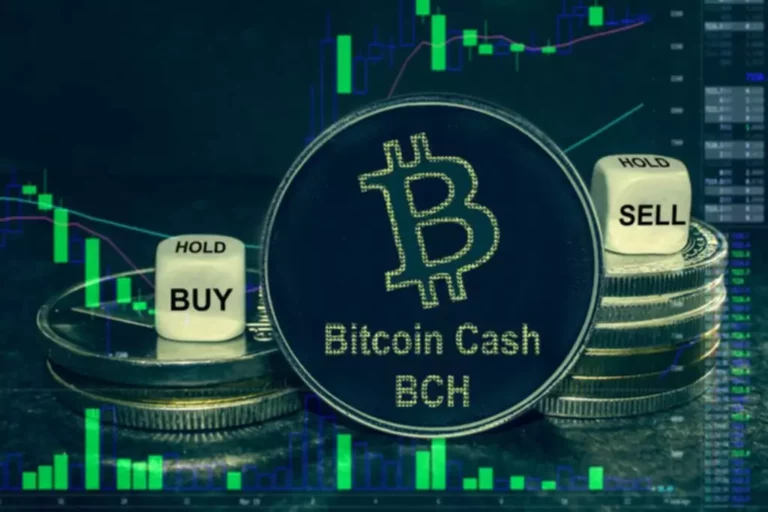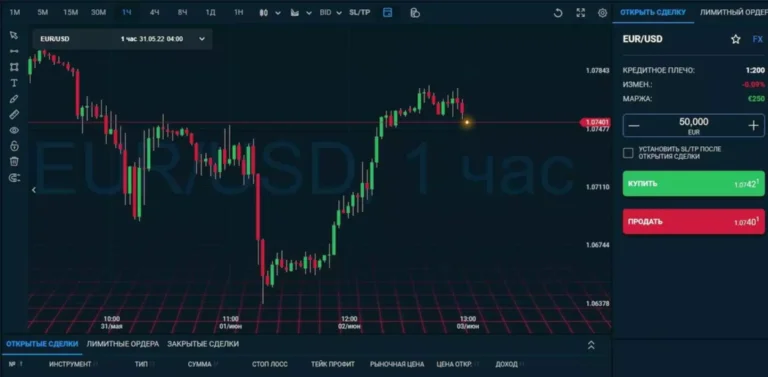02436-222132
rcchurchvaijapur@gmail.com
The most apparent supply of liquidity for ETF is trading exercise, although it isn’t the only one. The common day by day volume of shares moved within the secondary market amongst merchants provides to an ETF’s liquidity. The liquidity of most ETFs is measured from their underlying belongings due to their uncommon creation and redemption procedure. In essence, the liquidity of the underlying holdings of an ETF instantly impacts the ETF’s liquidity. A well-structured ETF with liquid underlying belongings can better adapt to market demand adjustments, preserving truthful prices and an efficient investor buying and selling expertise. When traders wish to sell their GreenTech ETF shares, a fluid redemption process supported by the liquidity of the underlying holdings helps be positive that the excess provide of ETF shares is effectively absorbed.
An AP assembles a basket of the underlying clear tech stocks that GreenTech ETF tracks and exchanges it with the ETF issuer for brand new shares of GreenTech ETF. These new shares are then introduced in the market, rising the provision to satisfy the burgeoning demand. This helps keep the value of GreenTech ETF in check, ensuring its worth is carefully aligned with the NAV.
Investors who maintain ETFs that aren’t liquid might have trouble selling them on the worth they want or in the timeframe necessary. Moreover, if an ETF invests in illiquid shares or makes use of leverage, the market worth of the ETF might fall dramatically below the fund’s NAV. An ETF can have good liquidity even with lower trading volumes due to the creation and redemption mechanisms. If creations and redemptions are simply facilitated, the precise trading quantity within the ETF may not matter as a lot.
Investing in liquid ETFs additionally presents investors more flexibility; they can manage their portfolios more effectively by rapidly entering and exiting positions as market situations change. It is essential for tactical traders who must act rapidly when alternatives arise. Many ETFs are open-ended funds, meaning they’ll continuously adapt the variety of excellent shares. Unlike closed-end funds, which have a onerous and fast variety of shares, open-ended ETFs can regulate their share rely based on demand and supply dynamics. In phrases of property, product releases, and adoption by institutional and high-net-worth traders, the Indian ETF sector has expanded and matured significantly during the last ~18 years.
By day by day buying and selling volume, the S&P 500 SPDR (SPY), Invesco QQQ (QQQ), and Financial Select Sector SPDR (XLF) are usually among the many most energetic ETFs. The profiles of these two similar ETFs can lead to totally different relative levels of liquidity. Investors might find it easier and cheaper to trade shares of Alpha ETF than Beta ETF, despite both ETFs monitoring the identical index. ETFs that spend money on less liquid securities, such as real estate or belongings from rising markets, tend to have much less liquidity.

ETFs really function in a fundamentally completely different ecosystem to other instruments that commerce on stock exchanges, similar to particular person shares or closed-end funds. Whereas these securities have a onerous and fast supply of shares in circulation, ETFs are open-ended investment automobiles with the ability to issue or withdraw shares on the secondary market in accordance https://www.xcritical.in/ with investor supply and demand. ETF liquidity is principally driven by the liquidity of the underlying constituents held by the ETF. Before trading any ETF, buyers ought to understand the liquidity of the ETF’s underlying constituents, which is in a position to impact an investor’s execution prices and total experience shopping for and promoting an ETF.
The greater the liquidity of the underlying asset that contains an ETF, the better it’s to redeem the ETF itself. In this article, we will explore what exactly is meant by ‘ETF liquidity’, the method it affects investor decision-making and finally determine components that may assist you to decide if a particular exchange-traded fund has enough liquidity. A restrict order—an order to purchase or promote a set number of shares at a specified worth or better—gives traders some management over the value at which the ETF trade is executed.

We run the regressions for each underlying asset class individually, to understand the differential impacts of ETFs on them. Liquidity is essential because it refers back to the capability to sell an asset for cash rapidly and effectively. Investors who personal non-liquid ETFs could have issue selling them at the worth they want. ETFs provide numerous advantages and are a fantastic automobile for achieving investing goals. ETFs are available in almost each asset class, from commonplace investments to various property corresponding to commodities or currencies.
Through this simplified example, it’s evident how liquidity impacts the convenience of buying and selling and the stability of the market price, highlighting its significance in investment decisions. Investors should take a glance at a number of elements when evaluating ETF liquidity, together with bid-ask spread, average daily trading volume and market capitalisation. A lower bid-ask spread indicates better liquidity, whereas more important funds are likely to have larger ranges of liquidity than smaller ones.
The reverse process is adopted in case of redemptions, when the supply of units is bigger than demand. When assessing any ETF, it is essential to think about the liquidity of that specific ETF. Several factors can contribute to an ETF’s liquidity, such as bid-ask spread, average daily buying and selling volume and market capitalisation.
Each of these players has a distinct position, and their collective actions contribute to the liquidity and total efficiency of the ETF market. Adam Hayes, Ph.D., CFA, is a financial writer with 15+ years Wall Street experience as a derivatives trader. Besides his extensive by-product buying and selling expertise, Adam is an skilled in economics and behavioral finance.
Liquidity refers again to the ability to purchase or promote a security quickly, easily and at a reasonable transaction price. ETFs and particular person shares both trade on a stock exchange, leading many investors to consider that the factors that decide the liquidity of the 2 securities must even be comparable. On a high stage, liquidity in the main market is tied to the value of the ETFs’ underlying securities, whereas in secondary market it is associated to the value of the ETF shares traded. Exchange-traded funds have turn out to be extremely well-liked over the past 20 years, as investors have sought easier ways to invest in new markets and asset classes.
In different words, ETF liquidity is a measure of how simple it’s for buyers to maneuver out and in of a selected ETF with out affecting its worth significantly. This measure of liquidity is derived from the bid-ask unfold between buyers and sellers; the decrease the spread, the upper the liquidity. Conversely, if some or all the underlying stocks are illiquid—they are exhausting to buy or promote without considerably affecting the price—the APs may face challenges in assembling or disassembling the hampers rapidly. This delay could have an result on the timeliness and effectivity of the creation and redemption process, affecting the liquidity of the GreenTech ETF. Investors generally incur the worth of the unfold between the costs at which shares are purchased and offered. Buying and selling shares may result in brokerage commissions, which will cut back returns.

It can observe either the worth of a commodity or bonds or observe particular strategic investments. NAV supplies a gauge of what an ETF or mutual fund’s share is value intrinsically, making it a basic metric for fund buyers. For instance, you have a bond ETF, and to verify whether it is liquid or not, you need to research the bond liquidity. Although bonds are much less riskier than stocks, bonds carry liquidity risks since they mature at a selected date and sure bonds have a lock-in period.

After all, liquidity dangers have to be discounted in any illiquid security’s valuation as a result of slippage. Exchange-traded funds (ETFs) have turn into a popular investment car for investors of all stripes. ETFs provide shopping for and selling flexibility, diversification throughout asset courses, low charges, and tax efficiency. However, understanding the liquidity of an ETF is essential to making knowledgeable investment choices.
One such funding possibility, the Exchange Traded Funds, has been discussed intimately below. No, solely APs are allowed to transact directly with the ETF issuer to create and redeem shares. Retail buyers can solely purchase or promote ETF shares on a secondary market trade. The dimension of an ETF measured by its assets beneath management (AUM) likewise doesn’t necessarily dictate its liquidity. Even ETFs with smaller AUM can have high liquidity if they observe a liquid index or sector and have lively APs facilitating the creation and redemption course of. This is essential from a coverage perspective as it sheds gentle on the mechanism via which ETFs can propagate shocks to the underlying securities via varied channels, together with their liquidity, prices, and volatility.